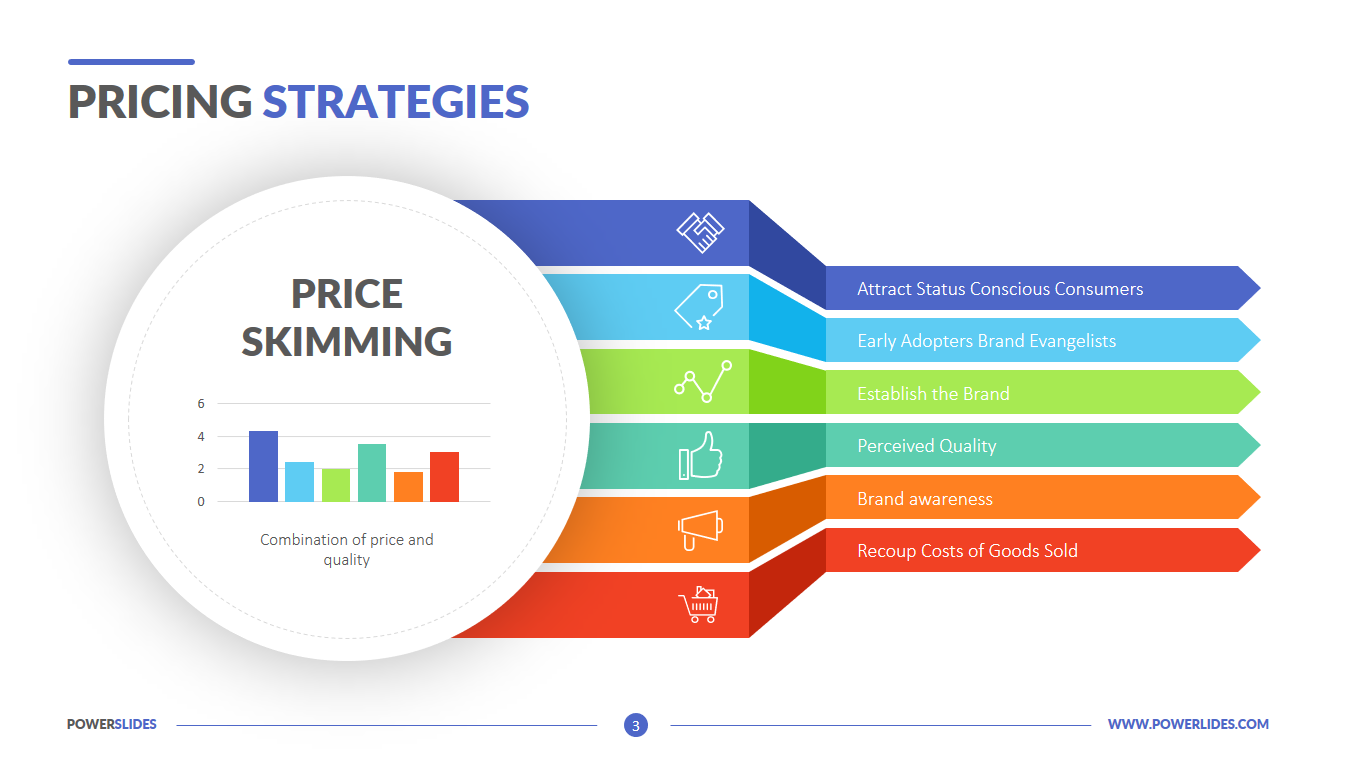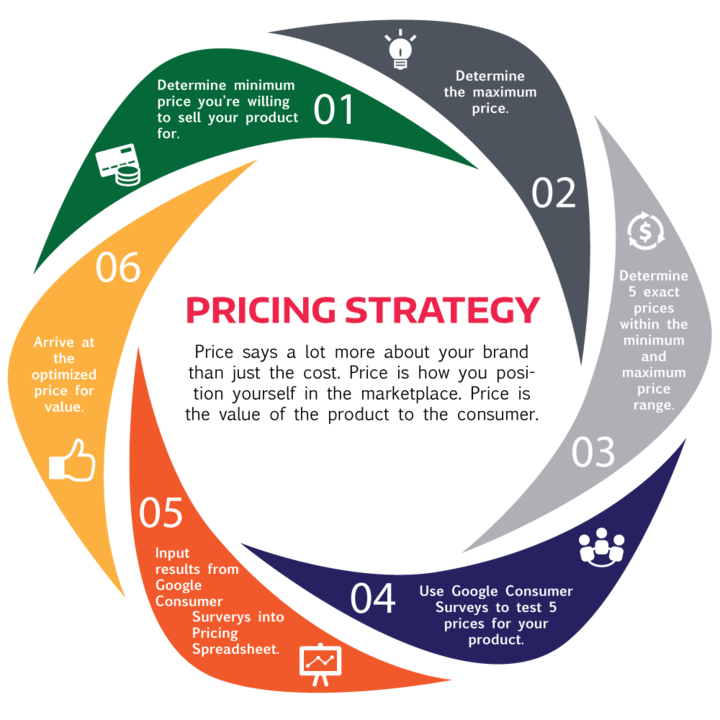Recognizing Prices Strategies: A Guide to Boosting Competition
In a progressively affordable landscape, understanding prices approaches is crucial for businesses aiming to boost their market setting. Understanding rival rates and the emotional elements that affect consumer habits can create a nuanced approach to rates that reverberates with target audiences.
Relevance of Rates Techniques
In the competitive landscape of business, the relevance of prices techniques can not be overstated. Prices functions as a critical bar for companies, affecting both market positioning and consumer assumption. A well-defined prices technique can improve success, drive sales, and develop an one-upmanship.

Comprehending customer habits is necessary in crafting prices techniques. Insights into price sensitivity, regarded worth, and competitive offerings allow businesses to adapt their pricing versions appropriately. Furthermore, regular evaluation of pricing performance is needed to react to market dynamics and consumer trends.
Ultimately, a robust rates approach is important not only for profits generation but additionally for long-lasting business practicality. It shapes brand name identification, influences consumer loyalty, and plays a crucial role in the general marketing approach. Therefore, services must invest time and sources in creating and improving their rates approaches to flourish in an ever-evolving marketplace.
Sorts Of Rates Models
Exactly how operate establish the most efficient means to price their solutions or items? The answer hinges on comprehending different pricing versions, each matched to different market conditions and service purposes.
One widespread version is cost-plus pricing, where a fixed portion is added to the complete cost of manufacturing. This approach makes sure that all costs are covered while producing a profit. On the other hand, value-based pricing focuses on the viewed worth of the item to the consumer, permitting services to bill a costs based upon consumer need and contentment.
An additional strategy is vibrant prices, generally made use of in sectors such as traveling and hospitality. This model adjusts rates in real-time based on market demand, competitor prices, and various other outside variables. Infiltration rates is additionally considerable, where companies initially set reduced costs to go into an open market and gain market share, later increasing prices when a customer base is developed.
Lastly, skimming pricing involves establishing high preliminary prices for new or innovative products, profiting from early adopters prior to reducing prices with time. Recognizing these models allows organizations to tactically position themselves in the market, straightening their prices techniques with their overarching objectives.

Studying Rival Rates
Understanding competitor pricing is an important aspect of developing an efficient prices technique. Organizations should carry out detailed evaluations of their rivals' pricing structures to identify market positioning, assess potential hazards, and uncover opportunities for differentiation. This requires accumulating data on competitors' prices, advertising approaches, and any kind of discounts or incentives they provide.
Examine their prices models, including any tiered pricing systems, subscription fees, or mass price cuts - Pricing Strategy. Understanding the reasoning behind these prices techniques can supply insights right into consumer habits and preferences.
Take into consideration the effects of rival prices on your value proposal. If rivals supply similar items at lower costs, you may need to emphasize distinct selling points or boost customer solution to justify your prices.
Eventually, examining rival pricing not just educates prices decisions but also assists organizations stay affordable in a regularly progressing market landscape.
Psychological Pricing Methods
Psychological prices strategies take advantage of consumer psychology to influence acquiring decisions and boost the regarded value of products. These methods are grounded in the understanding of exactly how consumers refine pricing information and the psychological responses that accompany it. One typical technique is appeal pricing, where rates are set simply below a rounded number, such as $9.99 rather of $10.00. This strategy makes use of the propensity of customers to view prices as less than they in fact are, motivating impulse acquisitions.
Another efficient technique is reputation pricing, where greater prices are Website associated with higher quality. This method interest customers' wish for standing and exclusivity, positioning products as exceptional offerings. In addition, packing products with each other at a reduced price can develop a feeling of value, triggering consumers to purchase greater than they originally meant.
Scarcity prices, which highlights minimal availability or time-sensitive offers, can also cause urgency, pressing customers to act rapidly. By understanding and applying these mental pricing methods, companies can efficiently form customer perceptions, drive sales, and ultimately improve competitiveness out there.
Implementing and Adjusting Approaches

When data is collected, organizations ought to assess their pricing models against present market problems. This might entail embracing dynamic prices techniques that enable real-time changes based upon supply and demand fluctuations. Services need to additionally consider segmenting their market to tailor prices for different client teams, improving regarded worth and driving sales.
Frequently assessing rates strategies is important. This can be accomplished with A/B screening or client comments, which offers understandings into the effectiveness of present prices. In addition, services need to continue to be versatile to adjust to unanticipated modifications, such as economic recessions or arising competitors.
Conclusion
Finally, effective rates approaches act as a critical part for organizations intending to enhance competitiveness in a fluctuating market. By leveraging numerous rates models, examining competitor prices, over at this website and utilizing mental techniques, firms can much better position themselves and interact worth to consumers. Furthermore, frequently adjusting these techniques in response to market dynamics and consumer actions is necessary for making sure long-term sustainability and earnings, eventually fostering and driving sales client loyalty.
In a progressively competitive landscape, grasping pricing methods is important for organizations aiming to improve their market placement. Understanding competitor rates and the psychological elements that influence consumer actions can create a nuanced technique to prices that reverberates with target audiences.Understanding competitor pricing is a crucial aspect of developing a reliable prices technique. Evaluate their rates versions, including any type of tiered prices systems, membership fees, or bulk discount rates. By leveraging numerous rates models, evaluating rival prices, and using psychological techniques, business can better place themselves and connect worth to consumers.